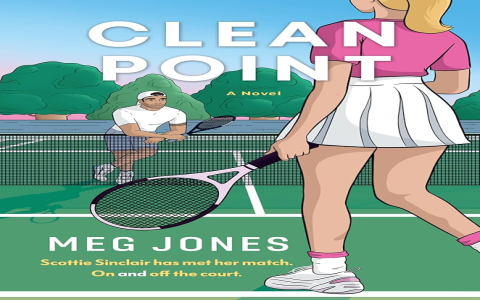Okay, so folks have been asking me how I got into this whole “tennis dynamic rating” thing. It wasn’t like I woke up one day and decided to become a ratings guru, far from it.

The Problem That Started It All
It really started with my regular tennis group. We play a lot, but figuring out who was actually improving, or how to set up fair matches, was always a bit of a guess. You know how it is. One guy says he’s on fire, another says he’s playing terribly, but how do you really know? We’d have matches that were complete blowouts, and it wasn’t always fun for the person getting thrashed. I thought, there must be a way to track this stuff, something a bit more concrete than just “gut feel”.
Dipping My Toes In
So, I started looking around. I heard about systems like Elo, which they use in chess, and some tennis-specific ones. Honestly, a lot of it seemed super complicated. Pages of math, weird formulas… it was a bit much for what I wanted, which was just something simple for our casual games. I wasn’t trying to reinvent the wheel, just build a decent cart, you know?
My first step was pretty basic. I figured I needed to record match results. Who played who, and what was the score. Simple enough, right? So, I actually started with a physical notebook! Can you believe it? Scribbling down scores after our games. That got old pretty fast, especially when I tried to figure out who was “up” or “down”.
Moving to the Digital Age (Sort Of)
Then, the obvious hit me: a spreadsheet! I fired up Excel – my go-to for anything numbers-related. I listed all the players in our group. Then, for every match, I’d log the winner, the loser, and the set scores. This was already a step up. At least I could see who was winning more often.
But just wins and losses didn’t feel dynamic enough. Beating our top player should count for more than beating someone who just started, right? And losing to a beginner when you’re supposed to be good? That should probably sting a bit more in the “ratings”. This is where I started thinking about making it dynamic.
My Own Little System Takes Shape
I decided everyone would start with a base number of points, say 1000. When you played a match, points would move between players. The winner gets points, the loser loses points. The clever bit, I thought, was how many points moved.
I cooked up a little system. It wasn’t rocket science.
- If a highly-rated player beat a lower-rated player, they’d only get a few points. Not much glory in that, rating-wise.
- But if the lower-rated player pulled off an upset? Boom! They’d get a nice chunk of points from the higher-rated player. That felt right.
- If players were closely rated, the points exchanged would be somewhere in the middle.
I also thought about match scores. Winning 6-0, 6-0 should probably have a slightly bigger impact than scraping by 7-6 in the third. So, I tried to factor that in too, giving a little extra “weight” to more decisive wins. It was all trial and error, lots of tweaking formulas in Excel. “What if I change this number? How does that affect things?” Lots of that.
Putting It to the Test
Getting everyone to consistently report their scores was the next challenge. I had to chase people down sometimes. “Hey, did you guys play? What was the score?” But once we got a few weeks of data in, things started to get interesting. We could see a sort of “ladder” forming. People were actually curious to see where their rating was and how it changed after each match.
It wasn’t perfect, of course. New players were tricky – where do you even start them? I usually just picked an average rating and let it adjust. And players who didn’t play for a while? Their rating would just sit there, maybe not reflecting their current form if they got rusty or, conversely, got a lot of coaching on the side.
What I Learned from Fiddling Around
This whole exercise taught me a few things. First, creating a fair and accurate rating system is hard. There are so many variables. Second, even a simple system can add a lot of fun and motivation to casual play. It gave us talking points, bragging rights (when earned!), and a better way to try and set up balanced matches.
My little Excel-based dynamic rating system wasn’t going to win any awards for mathematical elegance. But it served its purpose for our group. It was a practical solution to a practical problem. And honestly, I had a good bit of fun building it and seeing it work, even with all its quirks. It definitely made me appreciate the complexity behind the official systems a lot more!
